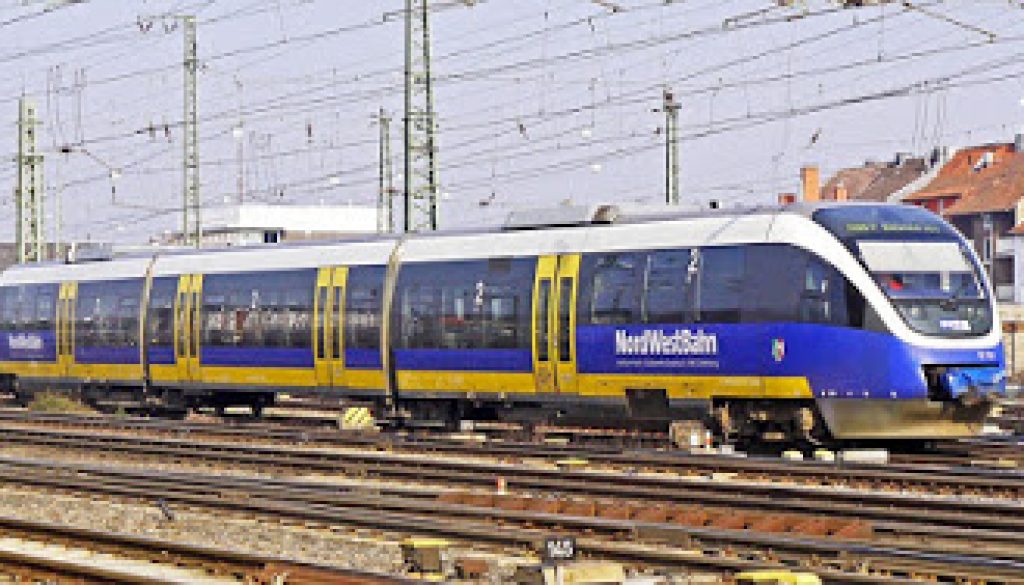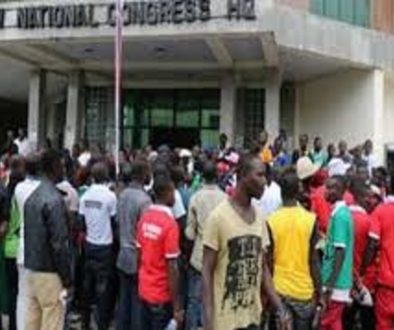In Consideration Of Continental Free Trade Area (2)
In our earlier write up in the blog last
week we chose to explain further what Continental Free Trade Area is, for our
audience to follow the endorsement of President Buhari of Nigeria at the
recently concluded AU meeting in Addis Ababa. As a continuation, we want to
look at the adjustment cost associated with Free Trade Areas and Trade
liberalisation to ensure equitable outcomes for member countries.
week we chose to explain further what Continental Free Trade Area is, for our
audience to follow the endorsement of President Buhari of Nigeria at the
recently concluded AU meeting in Addis Ababa. As a continuation, we want to
look at the adjustment cost associated with Free Trade Areas and Trade
liberalisation to ensure equitable outcomes for member countries.
Establishing any Free Trade Areas involving
the reduction in tariff barriers, if not total removal, which in turn may
initially lead to a loss of taxation revenue from international trade. In some
cases these losses may be painful and cause difficulties for macro-economic
management. Africa’s smaller and lesser endowed economies may fear losing
revenue.
the reduction in tariff barriers, if not total removal, which in turn may
initially lead to a loss of taxation revenue from international trade. In some
cases these losses may be painful and cause difficulties for macro-economic
management. Africa’s smaller and lesser endowed economies may fear losing
revenue.
It must be noted that Trade induced
adjustment experienced by weaker economics are therefore a matter of major
concern not only within the sub-regional REC-FTAs, but also within the proposed
Pan-Africa Free Trade Areas. Even though the opportunities and benefits of the
CFTA will particularly come with significant challenges that most African
countries might face in the process of opening their national markets to the
whole continent at the long-run, all economies within the Free Trade Area are
expected to be transformed and the benefits of
the CFTA shared by countries.
adjustment experienced by weaker economics are therefore a matter of major
concern not only within the sub-regional REC-FTAs, but also within the proposed
Pan-Africa Free Trade Areas. Even though the opportunities and benefits of the
CFTA will particularly come with significant challenges that most African
countries might face in the process of opening their national markets to the
whole continent at the long-run, all economies within the Free Trade Area are
expected to be transformed and the benefits of
the CFTA shared by countries.
Though the degree of impact will vary in
different countries depending on the share of customs revenues in the total
public revenue. We make bold to say that in general, the high dependence on
customs revenue poses a challenge in sub-regional Free Trade Area and will be
more so in the CFTAs. This is why we of Africa Free Zones Association, in every
forum where we talk about the development of Free Trade Zones in the continent
advocate that attention should be given by host government, and trying to use
Free Trade Zone to achieve continental value chain. If African countries move
for the value chain through products of Free trade zone, the fear expressed
above will vanish.
different countries depending on the share of customs revenues in the total
public revenue. We make bold to say that in general, the high dependence on
customs revenue poses a challenge in sub-regional Free Trade Area and will be
more so in the CFTAs. This is why we of Africa Free Zones Association, in every
forum where we talk about the development of Free Trade Zones in the continent
advocate that attention should be given by host government, and trying to use
Free Trade Zone to achieve continental value chain. If African countries move
for the value chain through products of Free trade zone, the fear expressed
above will vanish.
This will take care of other adjustment cost
(fear) which includes production and employment, labour reallocation across
sectors, trade facilitation and export diversification cost, skills development
and productivity enhancement costs. As these adjustments are inevitable, member
countries will need to devise ways to circumvent or reduce them. The challenge
at hand, which is majorly why CFTA issue has been on the drawing board since
2012 and pass its dead line of 2017, is identifying policies that help weaker
countries to achieve a rapid supply response and minimize social disruption so
that they can realise the maximum gains from further liberalization.
(fear) which includes production and employment, labour reallocation across
sectors, trade facilitation and export diversification cost, skills development
and productivity enhancement costs. As these adjustments are inevitable, member
countries will need to devise ways to circumvent or reduce them. The challenge
at hand, which is majorly why CFTA issue has been on the drawing board since
2012 and pass its dead line of 2017, is identifying policies that help weaker
countries to achieve a rapid supply response and minimize social disruption so
that they can realise the maximum gains from further liberalization.
The plan of action towards CFTA or any
Free Trade Area should include compensation mechanisms. Experiences in RECs and
such as COMESA are worth noting. Example: COMESA established the COMESA FUND
which deals with effects of trade liberalisation that may require adjustments,
as well with building infrastructure to consolidate the regional markets. The
COMESA Fund operates through two windows: an adjustment facility aimed at
supporting the efforts of member states in economic reforms in integration and
an infrastructural fund to facilitate the development of trade related regional
infrastructure projects, ECOWAS under the ECOWAS fund for cooperation,
compensation and development (ECOWAS Fund- now the ECOWAS Bank for investment
development-EBID), continues to promote cooperate, compensation and integration
of West African Countries. It has two specialised subsidiaries, ECOWAS Regional
Development Fund (ERDF) and ECOWAS Regional Investment Bank (ERIB). ERID’s main
objective is to contribute towards the economic development of West Africa
through the financing of projects and programmes of ECOWAS and NEPAD related to
transport, energy, telecommunication industry, poverty alleviation, the
environment and natural resources. It also aimed to provide support to
landlocked countries to ease their access to ports.
Free Trade Area should include compensation mechanisms. Experiences in RECs and
such as COMESA are worth noting. Example: COMESA established the COMESA FUND
which deals with effects of trade liberalisation that may require adjustments,
as well with building infrastructure to consolidate the regional markets. The
COMESA Fund operates through two windows: an adjustment facility aimed at
supporting the efforts of member states in economic reforms in integration and
an infrastructural fund to facilitate the development of trade related regional
infrastructure projects, ECOWAS under the ECOWAS fund for cooperation,
compensation and development (ECOWAS Fund- now the ECOWAS Bank for investment
development-EBID), continues to promote cooperate, compensation and integration
of West African Countries. It has two specialised subsidiaries, ECOWAS Regional
Development Fund (ERDF) and ECOWAS Regional Investment Bank (ERIB). ERID’s main
objective is to contribute towards the economic development of West Africa
through the financing of projects and programmes of ECOWAS and NEPAD related to
transport, energy, telecommunication industry, poverty alleviation, the
environment and natural resources. It also aimed to provide support to
landlocked countries to ease their access to ports.
We shall be looking further into other
issues concerning CFTA as the committee set up by AU sit to do their work.
issues concerning CFTA as the committee set up by AU sit to do their work.




